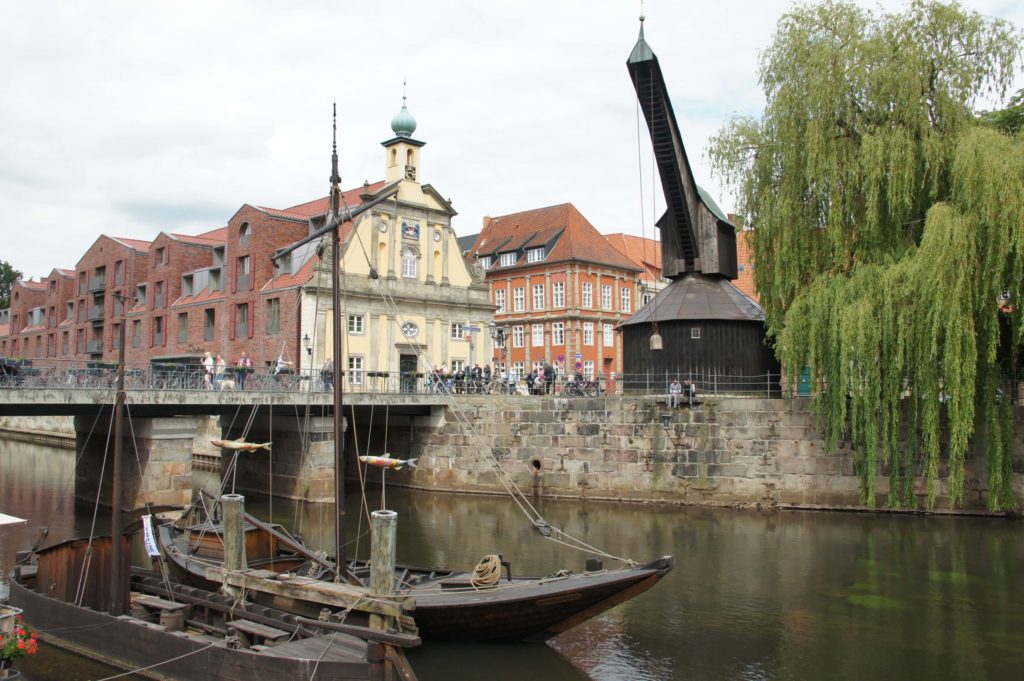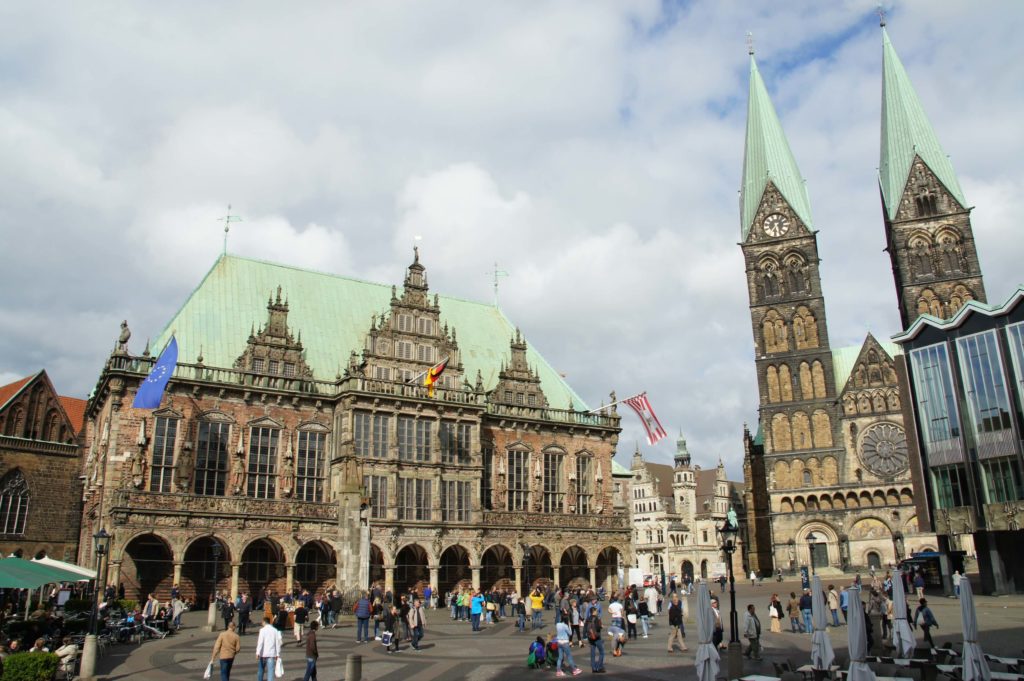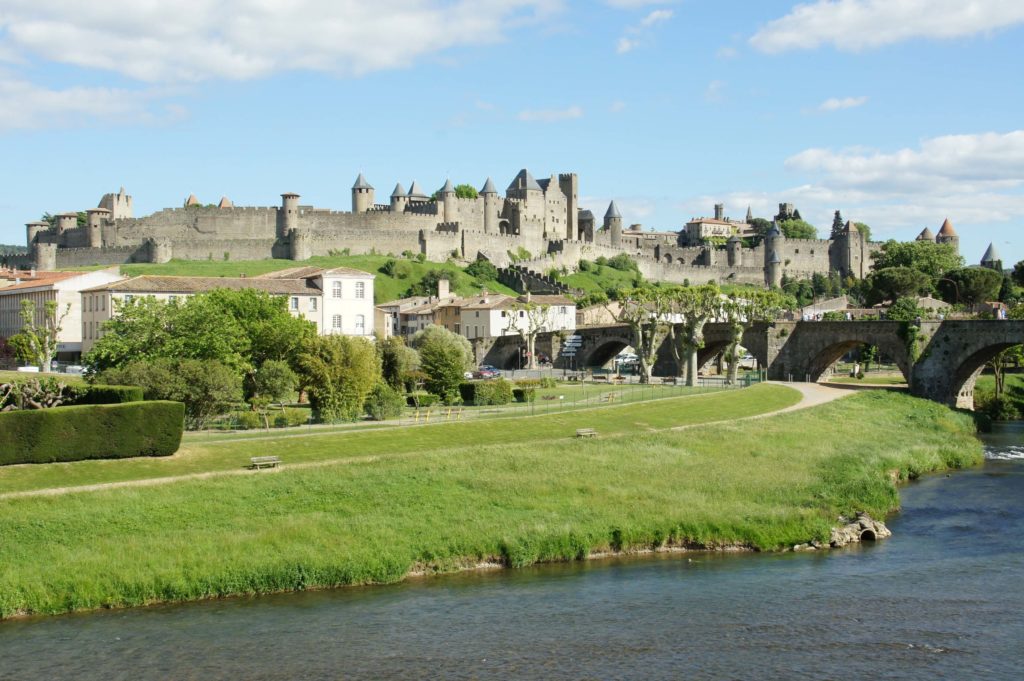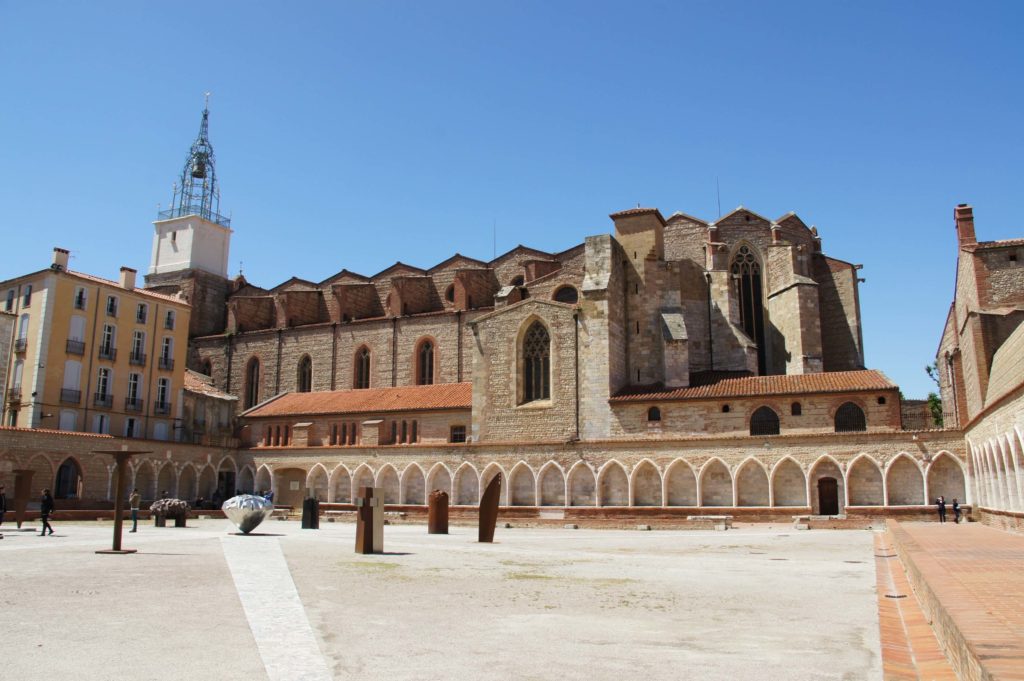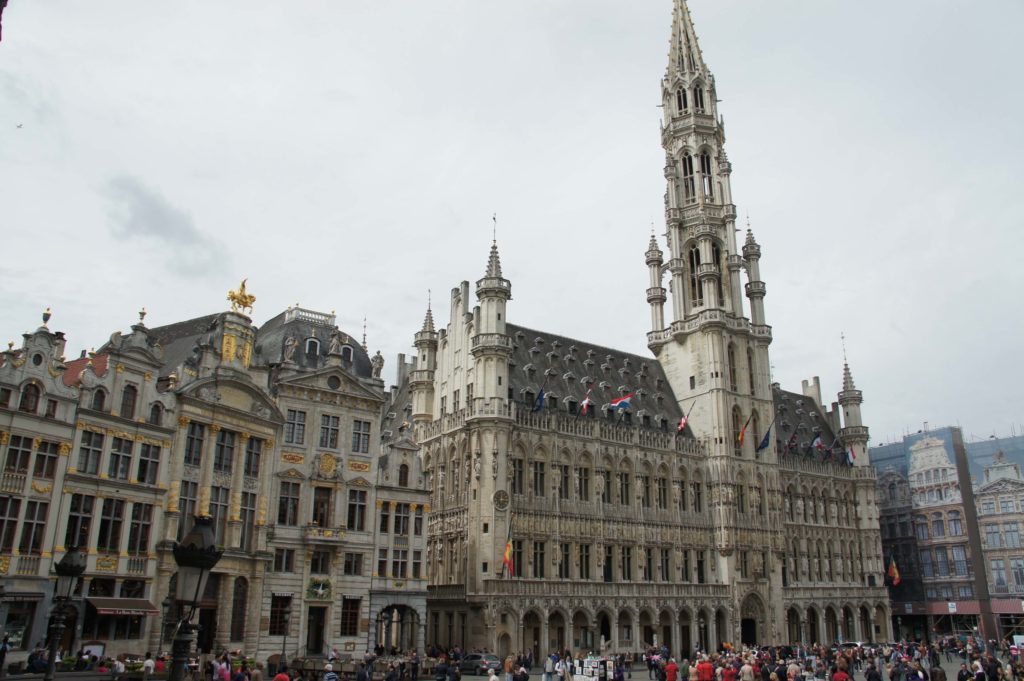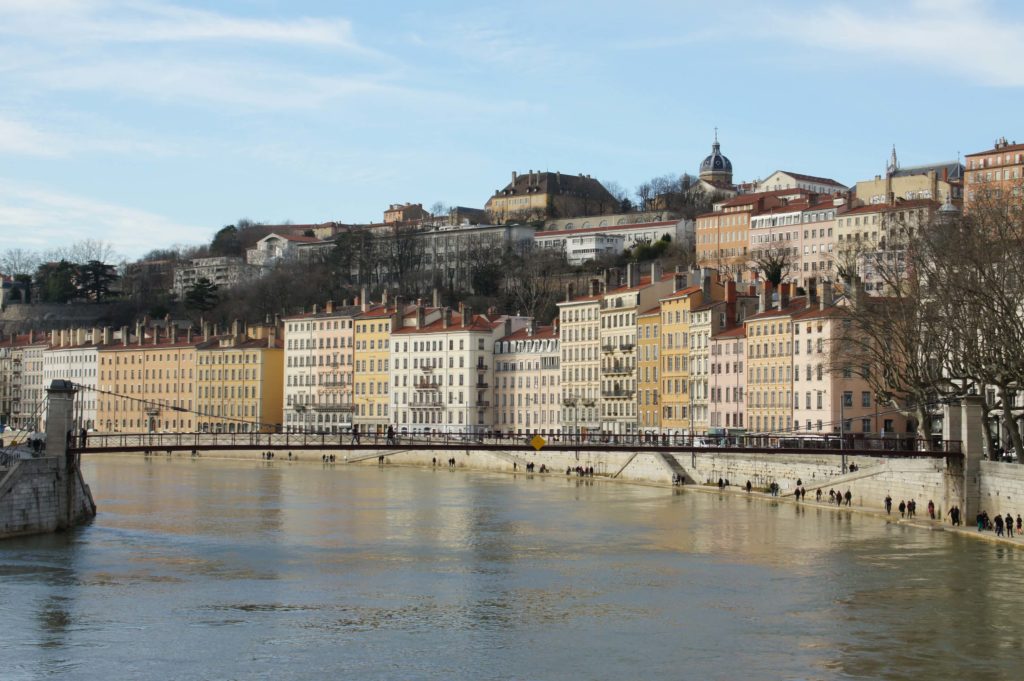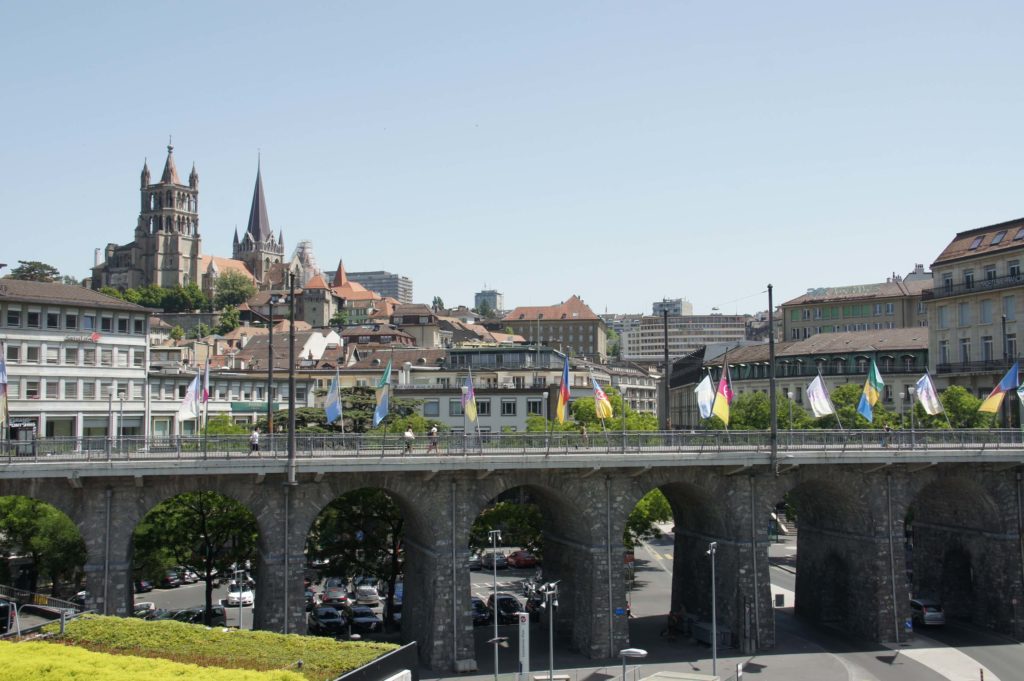Luneburg – Germany
Hanseatic Town of Luneburg
Continuing on our second part of this short but busy weekend trip and using the most of the day we can by waking up rather early, we drove from Bremen all the way heading towards the northeast, near the Baltic coast to one of the most beautiful Hanseatic cities in Germany, Luneburg. Likewise any of the cities that formed part of the Hanseatic League becoming wealthy and rich due to their trading, in Luneburg’s case was the result of mining the abundance of salt that was then traded across the Baltic and North Sea.
Mining of salt in fact ended quite recently here, in 1980; bus it was already in a steep decline the decades before. Nevertheless, it remained as an important port in the region and through the industrial era; reason why it was severely bombed and destroyed during WWII. Only the cities of Wismar and Stralsund escaped war with minimal damages, a luck that not even the Hanseatic League capital city, Lübeck, did have, and so Hamburg and nearby Luneburg. Fortunately in the other hand, all these cities were immaculately restored, with its historical core reconstructed and/or refurbished in an exemplary way following the principles of anastylosis by using as much of the original materials and fittings that were thankfully in place and stored back then for accomplishing reconstruction in the years to follow.
It is quite surprising that the city has not been inscribed in the list of World Heritage Sites by the UNESCO! It is probably the only large Hanseatic city in northern Germany left without this title. Else Lübeck, Wismar and Stralsund are all World Heritage Site.
